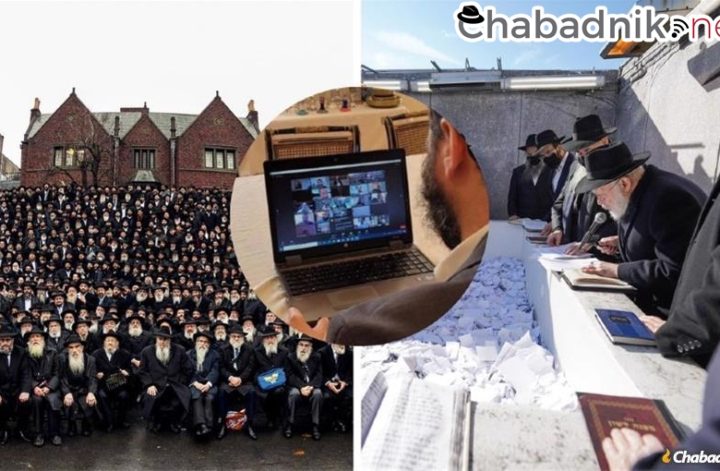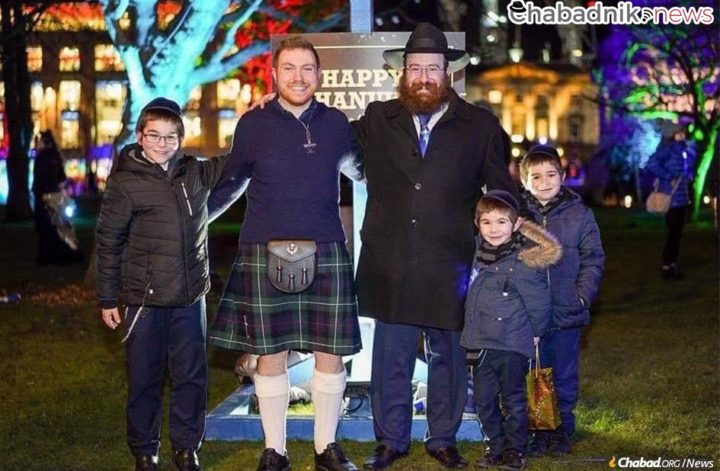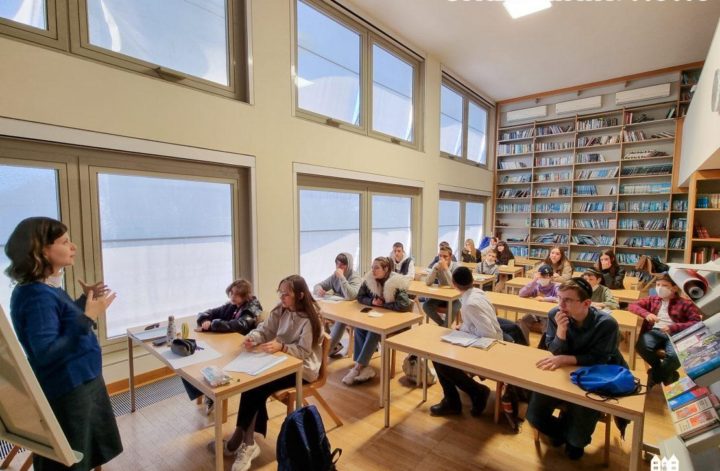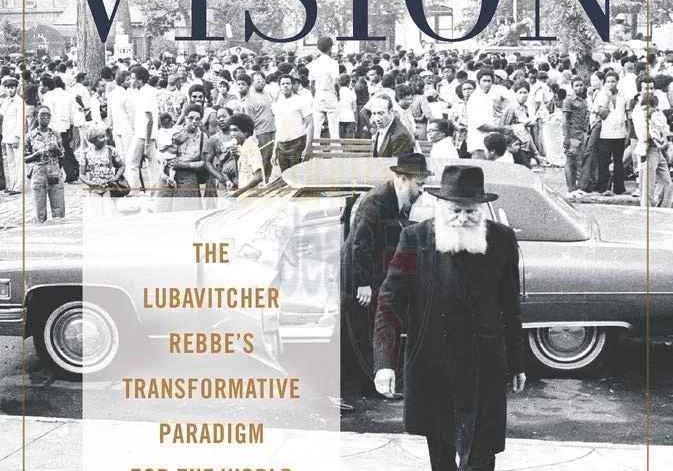Pandemic concerns at forefront amid preparations for 38th annual emissaries’ meeting

Preparations are underway for the 38th annual International Conference of Chabad-Lubavitch Emissaries (Kinus Hashluchim), which will be held this year in a dual virtual and in-person format from Oct. 28 through Oct. 31. Due to ongoing concerns about Covid, there will be changes to the gathering’s in-person schedule, which will be held in and around Brooklyn, N.Y. Among the changes, the iconic “class photo” featuring thousands of emissaries from around the world will not take place.
This year’s conference will be a hybrid event, with a full parallel digital component so all those not attending in person can join from wherever they are in the world. Organizers expect that fewer emissaries will be joining in person due to various local and national travel regulations. The conference will mandate that participants are vaccinated in keeping with New York City requirements, and they must test negative for Covid before joining any live parts of the conference. As an added safety requirement, sessions have been distributed across various locations, and meals will be staggered to prevent crowding.
“The Rebbe’s [Rabbi Menachem M. Schneerson, of righteous memory’s] visionary approach to Judaism, focusing on the importance of every individual Jew, has become increasingly vital during the ongoing upheaval and isolation of the pandemic,” said Rabbi Moshe Kotlarsky, chairman of the conference and vice chairman of Merkos L’Inyonei Chinuch, the educational arm of Chabad-Lubavitch.
As such there will be a special focus on combating the sense of isolation many Jews may be experiencing and mental health at the conference’s panels and workshops. These conversations will be among others, such as increasing Jewish pride on campus, strengthening Jewish communities in small towns and Jewish identity in Gen- Z.
Last year, the conference was all-digital—a first since the Rebbe initiated it in 1983. In fact, the virtual Melaveh Malkah, the traditional communal meal held following the close of Shabbat, led to a week-long virtual farbrengen and what is believed to be the world’s longest Zoom video conference.
The Kinus was first held in October 1983, when approximately 65 emissaries from the United States and Canada attended. The first group photo was taken inside the synagogue at 770 Eastern Parkway, Chabad-Lubavitch World Headquarters in the Crown Heights neighborhood of Brooklyn. The North American conference continued to flourish for another three years and, as the number of shluchim in North America grew, so did the Kinus.
At the Rebbe’s behest in 1987, the annual event was transformed into an international conference, gathering the burgeoning number of emissaries around the world. Around that time, the group photo was moved outside in order to capture all the rabbis.
As the number of Chabad emissaries has grown—to 5,100-plus couples at last count—so has the annual photo. As the chair and bleacher setup has expanded each year, in the last few years forming a giant semi-circle, the task of fitting everyone into one photo has become more and more complicated for photographers. Nevertheless, the “class photo” continues to be a high point for the gathering, a palpable energy flowing through the enormous crowd. But this year, organizers are exploring other ways to capture the gathering.
During the time slot normally reserved for the photo, participating emissaries will visit the Ohel in Queens, N.Y., the resting place of the Rebbe. The gathering at the open-air Ohel will be broadcast live, allowing those many emissaries unable to take part this year due to travel restrictions to join in. In previous years, the visit to the Ohel took place on Friday morning but doing so this year would have prevented emissaries in Asia and Oceania, where Shabbat would already have begun, from joining virtually.
Organizers see the Kinus as one of particular urgency this year.
From its inaugural meeting, the conference has ballooned to one which, in pre-pandemic years, saw nearly 6,000 emissaries and lay leaders from all 50 states and more than 100 countries and territories gather in New York City. The event is annually both the largest rabbinical gathering in the world and the biggest sit-down dinner in the New York area.




